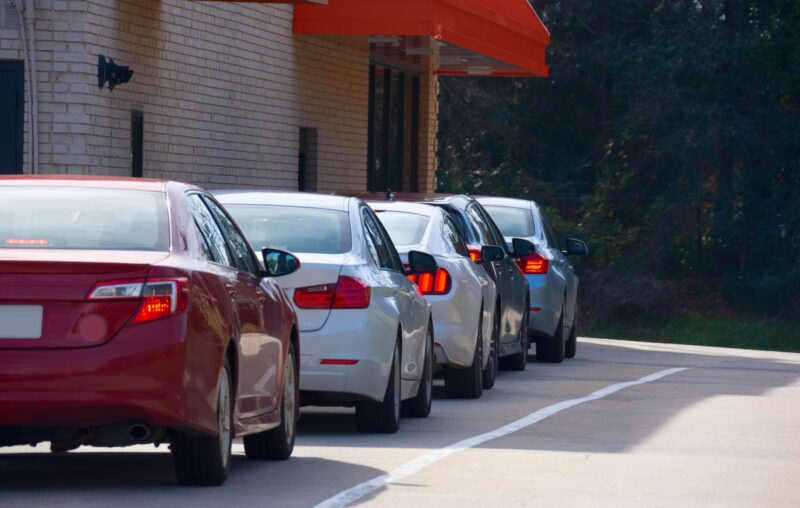Dynamic Pricing Puts the “Fast” Back in Fast Food

After a massive online backlash from customers, influencers, and even Senator Elizabeth Warren, Wendy’s quickly backed away from a “dynamic pricing” proposal, even though the model promised lower prices than what’s offered now. Unfortunately, this backlash is the result of confusion among customers.
First, it’s important to understand that every fast-food restaurant already has a form of dynamic pricing. It’s just not reflected on the menu. Instead, you pay in the next-highest-valued use of your time, also known as opportunity cost. Imagine yourself sitting in a long line at a drive-thru. The price of waiting in line at the drive-thru is whatever you’d rather be doing with the time you instead spend waiting.
If Wendy’s had implemented dynamic pricing, menu prices would adjust based on supply and demand at very fast intervals. Prices would rise in response to demand during the busiest times of the day (peak hours), but they would drop during off-peak hours to attract more customers during an otherwise slow time of the day. During peak hours, the people who want Wendy’s the most would be willing to pay peak-hour prices, while everyone else would choose to wait or go somewhere else.
Prices failing to adjust to changes in supply or demand is costly, both for parties to the transaction and for society as a whole. Societies that prevent prices from adjusting are usually plagued with less-adaptable economic systems, low-quality products, and long wait times. For instance, research suggests that anti-price-gouging laws during COVID caused people to search longer for essential goods, thus increasing social contacts as people struggled to find what they needed. No one wins from long lines: not the consumer who has to suffer the cost of waiting, nor Wendy’s, who sees the customers’ full costs increase without improving company returns. Dynamic pricing means shorter lines and better consumer experience.
While the money price would be less predictable with dynamic pricing, predictability around wait times would be improved, thus making fast food more convenient. A 2008 NIH survey showed that the most frequently reported reasons for eating fast-food were: “fast food is quick (92 percent), restaurants are easy to get to (80 percent), and food tastes good (69 percent).” Dynamic pricing makes the “fast” part of fast food more predictable.
Dynamic pricing would also help Wendy’s operate at lower costs and outcompete other fast-food chains by charging lower prices on average compared to what they charge now. Indeed, paying workers and other inputs in low productivity off-peak hours means that Wendy’s needs to recoup those costs in busy times by charging higher prices. By offering lower prices in off-peak hours, Wendy’s would be able to attract more customers overall, thus charging lower prices on average, even if prices during peak periods were higher than what they charge now.
So why would customers reject the opportunity for a cheap meal during off-peak hours? One clear reason is that people like predictable pricing. But predictable pricing does not mean predictable cost, which includes things like wait times at the drive-thru. Imagine Uber did not use surge pricing. The money price would indeed be more predictable, but the cost of waiting for an Uber would be more unpredictable.
Wendy’s likely faced backlash because many Americans, already stressed by the shrinking purchasing power of their dollar, became enraged at the thought of prices going up. This rage, however, is misguided. Many restaurants already have dynamic pricing in all but name, including “Happy Hour” at Dunkin and “Happier Hour” at Taco Bell. During off-peak hours, these restaurants offer massive discounts, including $1 beverages, to attract customers during an otherwise-slow time of the day. Other forms of dynamic pricing include loyalty-based programs, special events, and geo-fencing that targets customers within the proximity of a restaurant. In the end, Wendy’s biggest mistake may have been poor communication.












